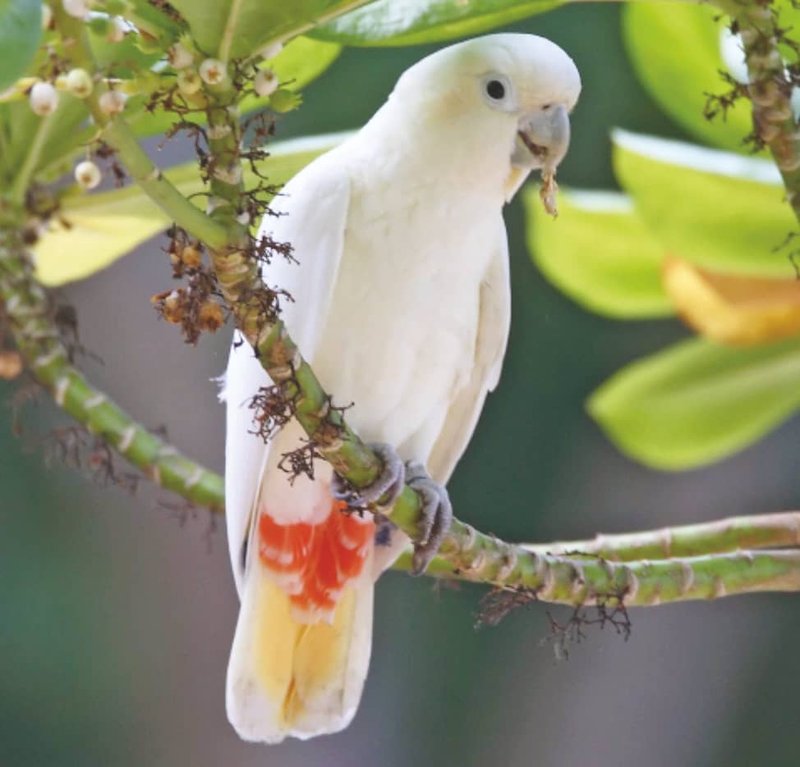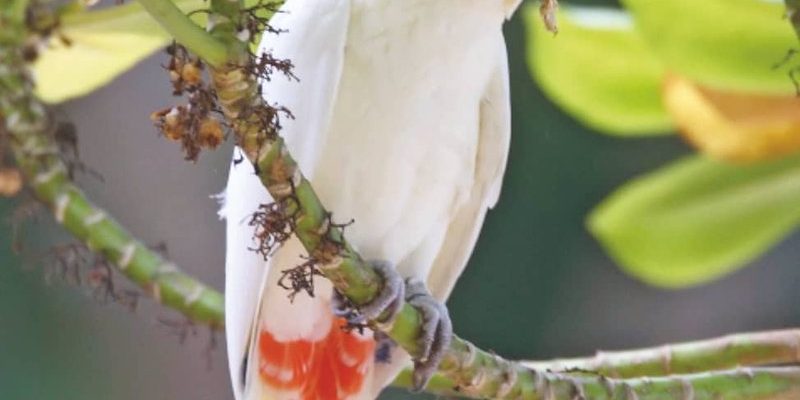
In this article, we’ll dive deep into the world of parrots and learn about their conservation status. From the vibrant Amazon parrot to the charming Budgerigar, we’ll explore the reasons behind their declining populations and why it’s important to pay attention. Spoiler alert: it’s not just about the birds; it’s about the ecosystems they help maintain.
Understanding Threatened and Endangered Species
Before we rush into the specifics about parrots, let’s clarify what it means for a species to be considered “threatened” or “endangered.” The terms are often used interchangeably, but there are key differences.
– Threatened species are those that are at risk of becoming endangered in the near future. They still have a decent population but are facing pressures that could push them to a critical state.
– Endangered species, on the other hand, are at a much greater risk of extinction. These are the ones you’d see highlighted in conservation campaigns.
It’s a bit like checking your car’s fuel gauge. If it’s getting low, you’re threatened—you need to fill up soon. But if that needle’s on empty, you’re endangered—you can’t go anywhere until you refuel!
Why Are Parrots Threatened or Endangered?
There are several reasons why these vibrant birds are struggling to survive. Here are the most notable ones:
- Habitat Loss: Deforestation and urbanization are major culprits. As more forests are chopped down for agriculture and development, parrots lose their homes.
- Illegal Pet Trade: Many species are captured and sold as pets, which drastically reduces their wild populations. It’s heartbreaking to think that these social creatures are often taken from their families.
- Climate Change: Changing weather patterns affect food availability and nesting sites. Just like us, parrots need the right conditions to thrive.
Each of these factors contributes to the overall decline of parrot populations. You might be thinking, “What can I do to help?” Don’t worry, we’ll get to that!
Notable Endangered Parrots Around the World
While many parrot species are facing challenges, a few are particularly at risk. Here’s a closer look at some famous endangered parrots:
- Spix’s Macaw: Native to Brazil, this beautiful blue parrot was declared extinct in the wild recently, with a small population existing only in captivity.
- Kākāpō: This flightless parrot from New Zealand has a population of just around 300 individuals, thanks to dedicated conservation efforts.
- Hyacinth Macaw: The largest of the macaws, this striking bird is also threatened by habitat loss and the illegal pet trade.
Each species tells a story of survival against the odds, and learning about them raises awareness that can drive change.
The Role of Conservation Efforts
Conservation efforts are essential for protecting threatened and endangered parrots. Various organizations and governments are working tirelessly to create better conditions for these birds. Here are a few notable efforts:
– Habitat Protection: Establishing reserves and protected areas helps safeguard the natural habitats where parrots thrive. Just think of it as creating a cozy home for them, free from disturbance.
– Legal Protections: Many countries have laws to protect endangered species, preventing hunting and trading of these birds. It’s like putting them under a protective blanket.
– Breeding Programs: Some organizations have started breeding programs to help increase captive populations, like nurturing a seed until it grows into a strong tree.
You might wonder if these efforts are enough. While progress can be slow, every little step counts in the big picture.
How You Can Help Parrots in Your Community
You don’t have to be a wildlife expert to make a difference for parrots. Here are a few simple ways you can help right in your community:
- Support Local Conservation Groups: Get involved with local organizations that protect birds and their habitats. They often need volunteers and donations.
- Educate Others: Share what you’ve learned about parrots with friends and family. Awareness can lead to action!
- Think Before You Buy: Avoid purchasing parrots from pet stores that don’t support ethical sourcing. Choose to adopt instead.
These small actions can have a big impact. Think of it like planting seeds of change.
The Future of Parrots: A Hopeful Outlook
While the situation for many parrots is concerning, there is hope. With increased awareness comes more funding and support for conservation efforts. For instance, success stories like the recovery of the California condor show that targeted efforts can yield positive results.
Here’s the thing: every species matters, and just because a parrot is threatened now doesn’t mean it will always be that way. Like a flickering candle finding a steady breeze, these birds can thrive again with the proper care and attention.
So, is the parrot threatened or endangered? The answer is complex but crucial for understanding our planet’s biodiversity. Parrots not only bring joy and color to our lives but also play essential roles in our ecosystems. Protecting them means protecting the rich tapestry of life that we all depend on.
As you go about your day, remember that even small actions can lead to significant changes. Whether it’s supporting conservation efforts or simply spreading the word about the beauty and plight of parrots, you have the power to make a difference. Every parrot counts in the grand scheme of things. Together, let’s ensure that future generations can enjoy their brightly colored feathers and lively chatter!

